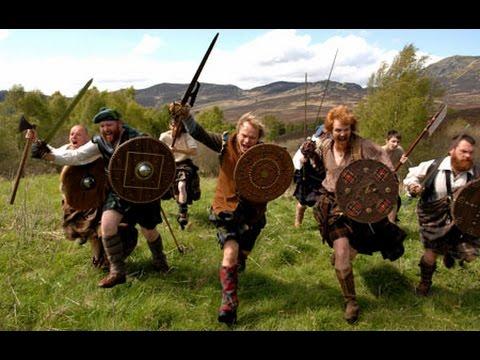MILITARY HISTORY : Ancient Scotland And Ancient Ireland
Description
Uploaded by MILITARY HISTORY 2015. The Military History of Ancient Scotland and Ancient Ireland. On Midsummer Day, 1314, the exiled Scottish king led an army against an English force three times as large. Pikemen in dense formation routed the English, restoring Scotland to the kingdoms of Europe.
The ancient Irish were a highly sophisticated society divided into three dominant groups: druids, farmers and warriors. Warlike and dangerous, their coasts were protected from invading Celts and Vikings by huge stone forts.
Warfare in Medieval Scotland starts at 00:10
Warfare in Medieval Scotland includes all military activity in the modern borders of Scotland, or by forces originating in the region, between the departure of the Romans in the fifth century and the adoption of the innovations of the Renaissance in the early sixteenth century.
Gaelic warfare starts at 24:00
Gaelic warfare was the type of warfare practised by the Gaelic peoples, that is the Irish, Scots and Manx, in the pre-modern period.
Much of what we know of ancient history is the history of militaries: their conquests, their movements, and their technological innovations. There are many reasons for this. Kingdoms and empires, the central units of control in the ancient world, could only be maintained through military force. Due to limited agricultural ability, there were relatively few areas that could support large communities, so fighting was common.
Weapons and armor, designed to be sturdy, tended to last longer than other artifacts, and thus a great deal of surviving artifacts recovered tend to fall in this category as they are more likely to survive. Weapons and armor were also mass-produced to a scale that makes them quite plentiful throughout history, and thus more likely to be found in archaeological digs. .











